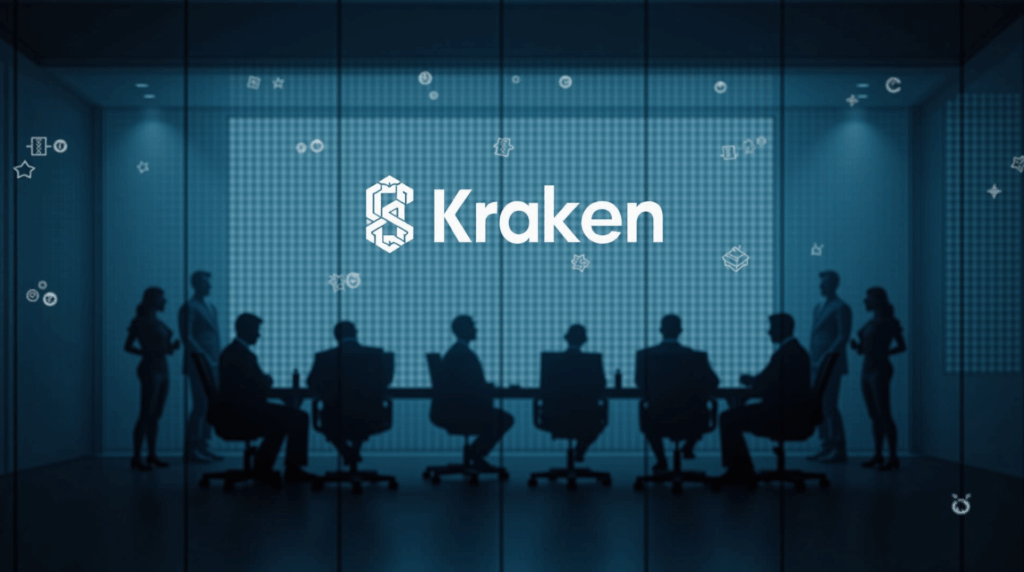Kraken records departures of senior executives and initiates a major reorganization that affects legal, compliance, product, and institutional areas. The changes influence customers, institutional partners, and employees and occur as part of a plan for a possible public stock offering in 2026.
Leadership and organizational changes
The new phase combines executive departures and financial adjustments. Among the departures are Marco Santori, who was the General Counsel, and Lana Sinelnikova, who was the UK Chief Compliance Officer. David Olsson, who was the global head of institutional sales, and Shannon Kurtas, who was the head of exchanges plus a VP of product, also left. The departures signal a shift across legal, compliance, commercial, and product leadership.
The company plans to reduce its workforce by 15%, about 400 positions, aiming to simplify the structure with fewer management layers. This restructuring seeks operational efficiency across the impacted functions.
Regarding operational governance, Arjun Sethi was appointed co-CEO and will share leadership with David Ripley to balance continuity and new perspectives. Sethi has a relevant personal background linked to Bitcoin donated in 2009, framing this leadership transition within a broader strategic narrative.

Financial, product, and market strategy
In financial terms, Kraken explores a potential increase in debt of $1 billion and seeks an additional $500 million in funding at a $15 billion valuation. For operations, the company contacted banks such as Goldman Sachs but also JPMorgan, aligning financing options with its restructuring timeline.
The technical and product plan also shows changes. Kraken will adopt Circle’s stablecoins, USDC and EURC, to increase liquidity and support on-chain applications. The exchange explores new trading products including perpetuals that resemble “sports-betting” for major currency pairs, aiming to diversify revenue.
The immediate and potential effects for the market and users include changes in compliance management and institutional relations. Adjustments to the product roadmap and pressure to consolidate liquidity via stablecoins are expected as the company calibrates its offerings and partnerships.
The IPO is scheduled for 2026, and these changes occur as part of a plan for a possible public stock offering that ties together organizational, financial, and product initiatives.
The process combines departures of key figures, workforce reductions, and treasury maneuvers to bolster the balance sheet ahead of a possible IPO in 2026. The success of that plan will depend on the execution of the restructuring and the market’s reception to the funding round and the product plan.

